Tromso - Hakoya
Just outside Tromsö lies Haköya island and there by the water rest the German battleship Tirpitz. Tirpitz was the second (the first was Bismarck) of two Bismarck-class battleships built by the Germans. Construction of Tirpitz began in 1936 at the Wilhelmshaven shipyard, launched in 1939 and commissioned in February 1941. Initially she served in the Baltic Sea, but in January 1942, she was sent to Faettenfjord north of Trondheim, Norway, with a twofold mission. Firstly, her present would deterrent the allied from any kind of amphibious invasion along the norwegian coast line. Secondly, she would carry out attacks on allied convoys on their route to Soviet Union. But Tirpitz’s efforts in the war were anything but spectacular and she remained mostly hidden in the Norwegian fjords and rarely ventured out into the open sea. Knowing very well the faith that happened to her sister ship, Bismarck i may, 1941. The only time she went out on an offensive mission was in September 1943 when she attacked a british weather station on Spetsbergen. After the attack, she quickly returned to the safety in the fjords.
Hitler did not want to risk his only remaining naval pride meeting the same fate as her sister ship Bismarck. But her existence alone made her a potential threat to allied convoys and she thereby bound British naval forces that might otherwise have been deployed elsewhere. She was a thorn in the eye of the British navy and especially of the British prime minister, Winston Churchill, who was almost obsessed with her. The British planned and carried out several attacks from both the air and sea in order to sink her. The most spectacular raid (operation Source) was carried out in September 1943 in Kåfjord, northern Norway, when she was attacked and damaged by British mini submarines.
Six submarines had been towed from their base in Scotland to the inlet of the Altafjord. One submarine would attack the cruiser Lützow, two submarines would attack the battleship Scharnhorst. Of these attacks, there was nothing because the submarines were hit by mishaps, one even disappeared out to sea and was never found. But three submarines slipped through all the saftey nets and could begin the attack on the morning of September 22. Two of the submarines even managed to slip through the safety nets surrounding Tirpitz itself. There, they managed to place time explosive chrages under Tirpitz hull. The third submarine never got past the safety nets. However, the submarines inside the nets were discovered and forced to emerge and surrender. But before taking prisoner, the crew managed to sink the submarines. The third submarine was probably sunk by Tirpitz, but its fate is not entirely confirmed. About an hour after the submarines were discovered, Tirpitz was shaken by a violent explosion. The explosion caused extensive damages to Tirpitz, which kept her away from any naval activity until April 1944.
The British, however, had crippled her and carried out a number of air attacks against her in Kåfjord. In September 1944, she was so seriously damaged in an airstrike that she was barely seaworthy. In October 1944, she was able to get to Hakoya outside Tromso. The idea was that she would act as artillery in connection with a possible allied invasion. On November 12, 1944, the British air force (RAF) carried out operation Catechism. 31 British Lancaster bombers attacked Tirpitz as she was anchored at Hakoya. Each plane was equipped with Tallboy bombs, an armor-piercing bomb weighing just over five tons. Of the 29 Tallboys dropped on Tirpitz, two hit her seriously. However, it was the Tallboys who struck the water next to Tirpitz and created a water vacuum that made her capsize. About 1,000 crew members died in the attack while about 900 survived. In connection with the sinking of Tirpitz, the last marine German threat was rendered harmless and the british could then allocate marine resources elsewhere.
Current status: Monument (2015).
Location: 69° 38'53.50 N 18° 48'15.54 E
Get there: Car.
Follow up in books: Bishop, Patrick: Target Tirpitz: The Epic Quest to Sink Hitler’s Greatest Battleship (2012).
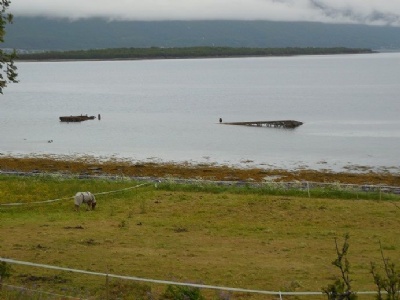
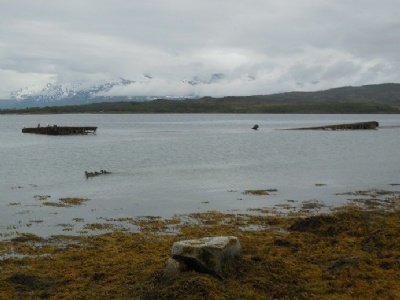
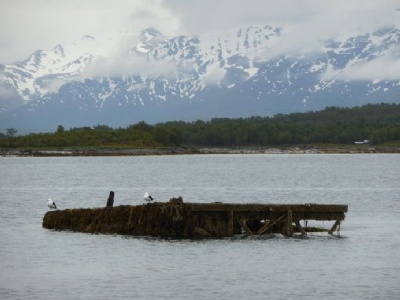

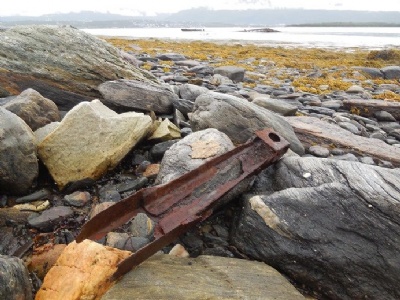
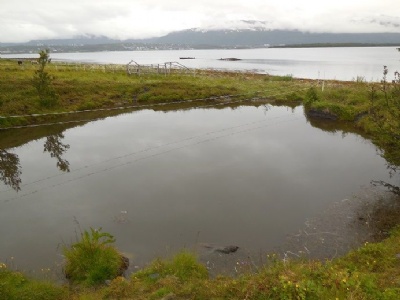
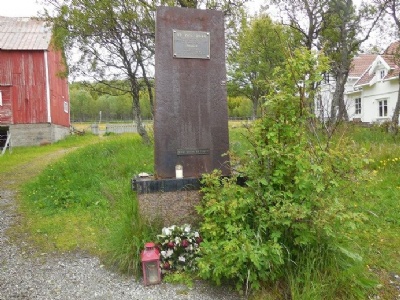

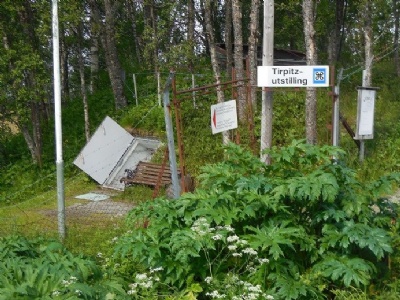
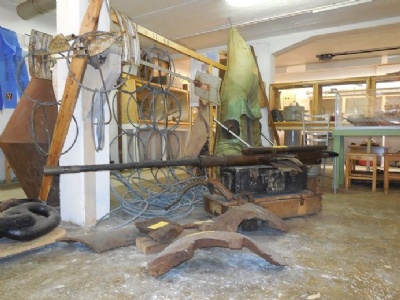

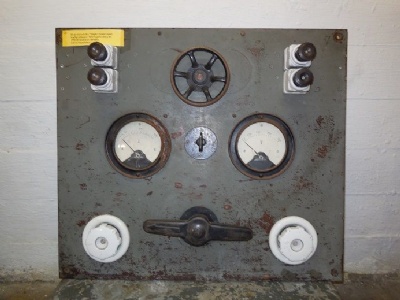

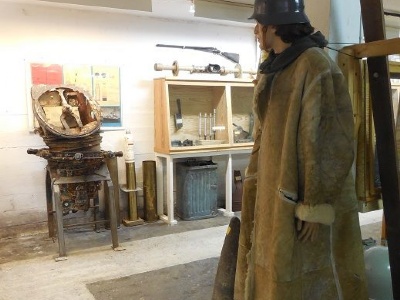
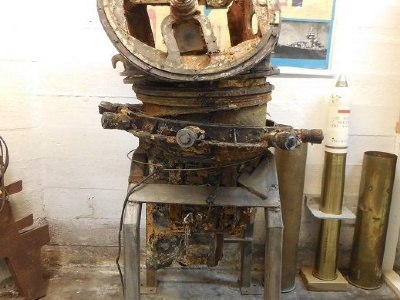
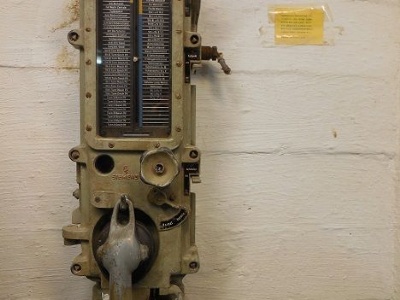
Tirpitz remained upside down until 1948 when she was sold to a company that scrapped the part of her that was above the surface. Extensive work continued until 1957. During the work, a large platform was established next to Tirpitz, which remained after the scrap. The platform has worn down over time, but it still exists and is sometimes mistaken for Tirpitz. The rest of the Tirpitz lies beneath the surface just outside the platform. At extremely low tide, she can break the surface and appear. Over the years, equipment and parts of Tirpitz have also been salvaged or washed ashore, some have ended up in museums, some have ended up in private collector’s home, some of them are still on the beach.
In a horse paddock by the beach, there is a large crater that was created when a Tallboy hit land. Nowadays, Tirpitz has been declared a burial site, but it still does not prevent people from diving at her. About 100 meters from the shore, a memorial monument has been erected, which is made of steel from Tirpitz. When I visited Tirpitz in July 2015, there were both candles and flowers at the monument and the site was visited during my visit by other people. It was an unreal feeling to look out over the water knowing that under the peaceful surface rests this mythical and respectful battleship where parts of her crew still resting.
In a former German ammunition bunker at the Tromsoe defence museum there is a permanent exhibition about Tirpitz. The exhibition consists of photographs, newspaper clippings and, not least, a lot of things salvaged from Tirpitz. The exhibition may be simple in its design but it is very interesting and worth seeing.